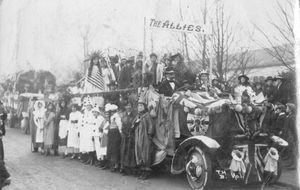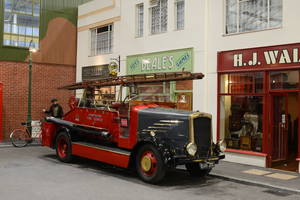If you drive a car in and around Winchester, you may have heard about the infamous ‘Winnall roundabout’ – the local interchange between the M3, A34, A272, and the Winnall Industrial Estate. The roundabout is possibly best known for its traffic jams but archaeologists investigating this area in the 1970s discovered that this has been a popular spot for quite some time.
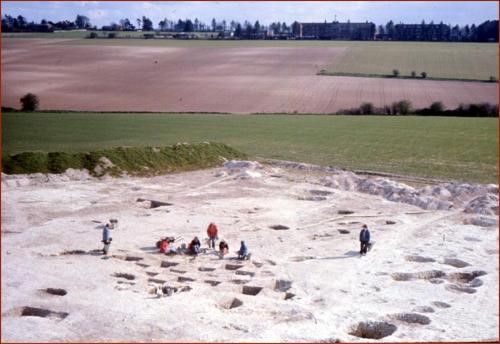
The area was first excavated in 1976 and 1977 prior to the construction of the Winnall Interchange. Surprisingly, archaeologists discovered a settlement of four houses protected by a fence that were over 3,000 years old.
According to the evidence, the Bronze Age hamlet grew larger and larger as years went on. By 300 BC, the settlement had grown into at least 10 roundhouses and many accompanying buildings of which only the holes of their posts survived. The rubbish people left behind told of a rural community, of farming and of weaving – but also of some curious customs. In one pit, archaeologists found the complete skeleton of a sow underneath the skeleton of a dog. Were these animals placed here deliberately for some kind of ritual? We may never know.
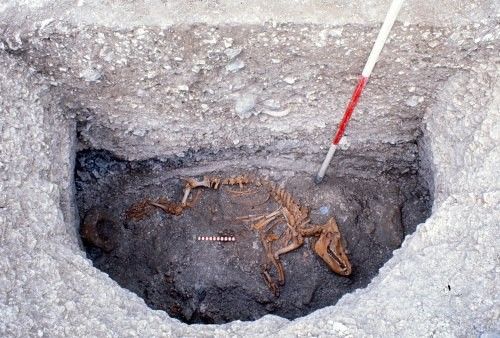
In the 1970s, excavator already recognised the ‘long and interesting sequence of events…at Winnall Down’ stretching from the Bronze Age to Roman Britain and beyond. Future excavations would discover more prehistoric settlements nearby proving the Winnall Down has been a busy place for at least three millennia.
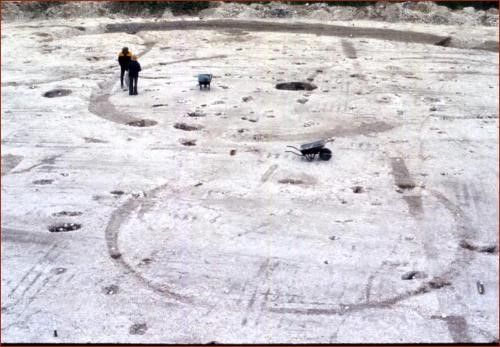
This is a snippet of an article written by our colleague Dave Allen in 2017. For the full text and references to the excavation reports, please visit here.
Hampshire Cultural Trust serves as the depository for all excavated material and archives in Hampshire. Visit the Winchester City Museum to find out more about the archaeology of Winchester.
If you have enjoyed Culture on Call and you are able to make a donation, please click the link below. Any support you can give will help us keep communities connected to culture in these difficult times.




